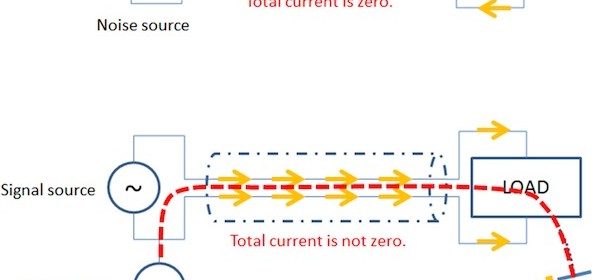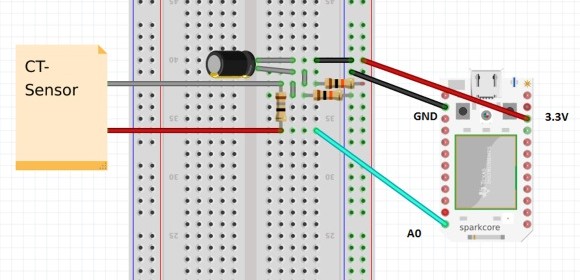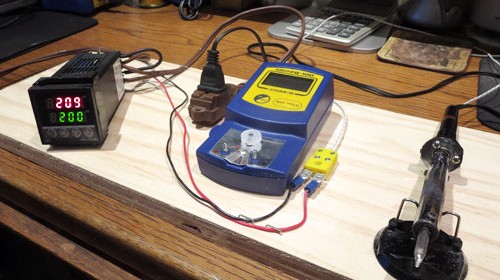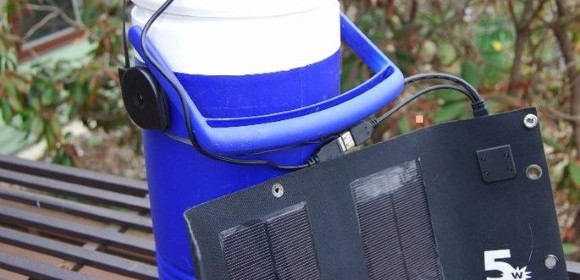Return path discontinuity and EMI

While designing PCBs for high frequency circuits, it is critical that the characteristic impedance is under control for signal integrity and minimal EMI. One of the biggest concerns in doing so is the signal path discontinuities, including the return path on ground plane. Minoru Ishikawa has posted some tips in this article on EDN to understand the relationship between the return path discontinuities and electromagnetic compatibilty, that will help to enhance the EM compatibility of your final design. It’s conventional wisdom that a solid, continuous return path provides a better result in electromagnetic compatibility (EMC). This article discusses the relationship between return
Read more


